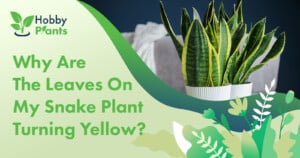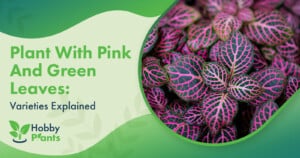You have taken care of your Kimberly Queen Fern as you were supposed to but suddenly the leaves are becoming dry & crispy.
What is causing this and how do I treat it? Does this mean that my plant is dying and that I am going to have to replace it? Read this article to find out the answers to these questions and more.
Kimberly Queen Fern
This is a dense evergreen fern that has arching fonds and a shapely form. Because of its narrow, straight upright leaves, it is also referred to as the sword fern. It originated in Australia and easy to grow indoors. It does well in the shade and sun. They are also a fast-growing fern. You can grow them in containers and hanging baskets. Hang it in front of a window with a northern exposure so it will get enough sunlight.
When you water them make sure that the top few inches of the soil dry out before you water them. They also love humidity and temperatures between 60-70 degrees Fahrenheit. They also need to be planted in soil that is well-draining. The one thing that sets this fern apart from other ferns is that because it is so compact it is easier to take care of.
Kimberly Queen Fern Care Tips
- It does good in USDA hardiness zone 9-11
- Water it once every 2-3 days
- Every 3-4 months you should spread mulch in a thickness of 2-3 inches around the base of the plant.
- Use a mixture of equal quantities of peat moss and soil when planting this fern.
- It does not need to be pruned because the fonds will stay green throughout the growing season
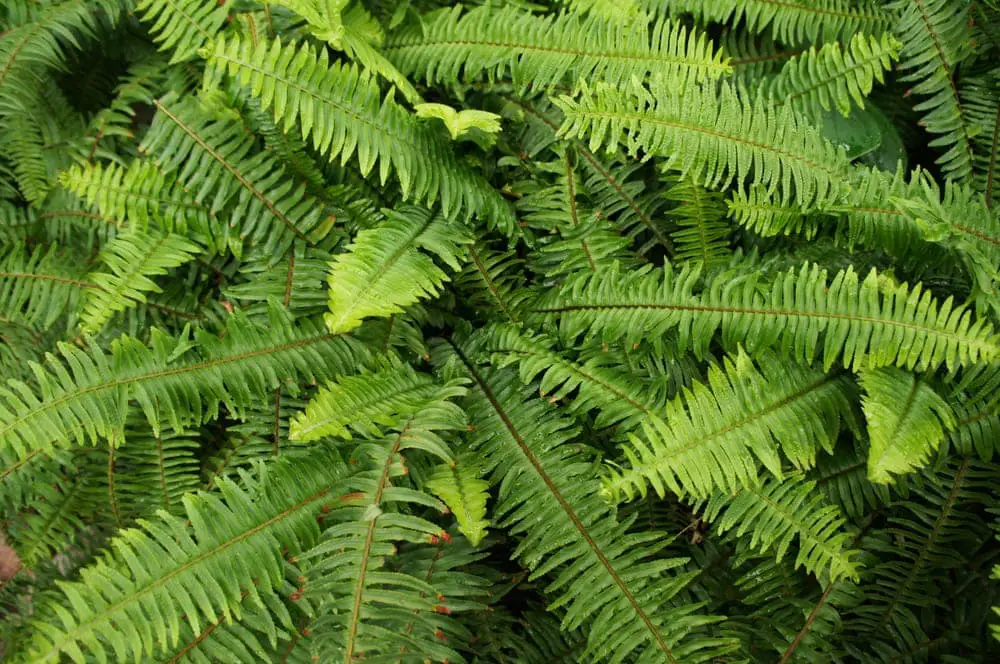
Reasons for dry & Crispy Leaves
When you notice that your leaves are feeling dry and crispy do not panic. This is almost normal and you can easily fix it.
1. Very dry soil
When watering your plant, before you do you will need to make you stick to a consistent watering schedule. If you accidentally do not water them and let the soil dry out this can cause dry, crispy leaves.
2. Not enough humidity
In the wild, they grow on the moist forest floor so this means that they need a very humid environment, like your kitchen or bathroom.
3. Pests
This fern is usually free of plant diseases if you grow it in well-drained soil. There are some pests though that can affect the fern. They are mealy bugs and spider mites
Treatment
- Remove all of the brown fonds because they will not turn green again. If only part of the fonds is damaged you can remove it with pruning shears or sharp scissors.
- So you will not contaminate another plant, you need to wipe the blades of the shears or scissors off with rubbing alcohol with each cut.
- Never remove more than 20% of the affected leaves at one time so you may need to do it in stages. Cutting off more could shock your plant.
Very dry soil
To treat this, you will need to soak-water the plant
- Put the plant in the tub or sink without the saucer and fill it with approximately three to four inches of water. You do not want the water to be hot.
- Let the plant soak up the water through the drain hole for at least 45 minutes
- Feel the top of the soil after leaving it soaking for a while.
- If the soil feels saturated you can help to speed up the process by watering it slightly from the top.
- When the soil is equally damp, drain the water out and let the plant rest while it drains thoroughly. Once it has drained you can return it where it was.
- When the soil goes from very dry to saturated, it can stress the plant and cause the leaves to drop so you need to give it enough time to adjust.
Pests
To get rid of these pets you can spray the fern with insecticidal soap. It needs to be diluted rate of one gallon of water with five tablespoons of the soap. You should repeat the spray if needed every two weeks
Not enough humidity
- Mist: One of the easiest ways you can bring a boost of humidity is to mist the leaves with distilled or filtered water. You may need to do this several times a day, but it all depends on how dry the environment is.
- Make pebble trays: One thing that you do not want is for the roots of the plant to sit in water. To keep this from happening, add clean pebbles to a shallow tray filled with water. Make sure that the water level is not above the pebbles. Put the plant on top of the tray. The water around the plant will eventually evaporate around the plant.
- Humidifier: These are a great benefit to your plants and people during the winter. When the furnace running, it is taking a lot of the moisture out of the air so using a humidifier will add moister to the air.
- Shower your plants: Give the flowers a luke-warm shower for 30 seconds. It increases the humidity and rinses any dust off the plant plus it will discourage pests from living on the plant.
Conclusion
Your Kimberly Queen Fern will help to clean the air of toxins and pollutants, which is why it a popular choice houseplant. This is why it is important that you keep it growing properly. During the growing season make sure that you remove any dying or dead fronds in order to keep your fern looking green and lush. When you have to cut off a frond, make sure that you cut straight through it, making the cut close to the soil using bypass pruners. Cut back any fronds that appear raggedy and old along with any discolored fronds. This is to make room for the green foliage in the spring.
Victoria is the owner and main author of hobby plants. She loves spending her free time in her garden planting and taking care of her plants. Victoria hopes you enjoy the content here!
![Queen Of The Night Flower [Complete Plant Care Guide] Queen Of The Night Flower [Complete Plant Care Guide]](https://www.hobbyplants.com/wp-content/uploads/2022/07/queen-of-the-night-flower-300x158.jpg)
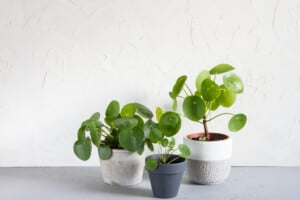
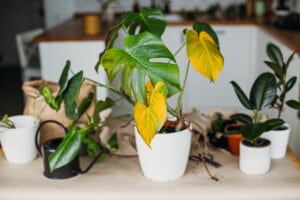
![Why Is My Fiddle Leaf Fig Dropping Leaves? [ANSWERED] Why Is My Fiddle Leaf Fig Dropping Leaves? [ANSWERED]](https://www.hobbyplants.com/wp-content/uploads/2022/06/why-is-my-fiddle-leaf-fig-dropping-leaves-300x158.jpg)
![Why Are My Bird of Paradise Leaves Curling? [FIND OUT HERE] Why Are My Bird of Paradise Leaves Curling? [FIND OUT HERE]](https://www.hobbyplants.com/wp-content/uploads/2022/07/bird-of-paradise-leaves-curling-300x158.jpg)
![Why Are My Orchid Leaves Turning Yellow? [Find Out Here] Why Are My Orchid Leaves Turning Yellow? [Find Out Here]](https://www.hobbyplants.com/wp-content/uploads/2022/07/orchid-leaves-turning-yellow-300x158.jpg)
![Why Are My Peace Lily Leaves Turning Brown? [EXPLAINED] Why Are My Peace Lily Leaves Turning Brown? [EXPLAINED]](https://www.hobbyplants.com/wp-content/uploads/2022/07/peace-lily-leaves-turning-brown-1-300x158.jpg)
